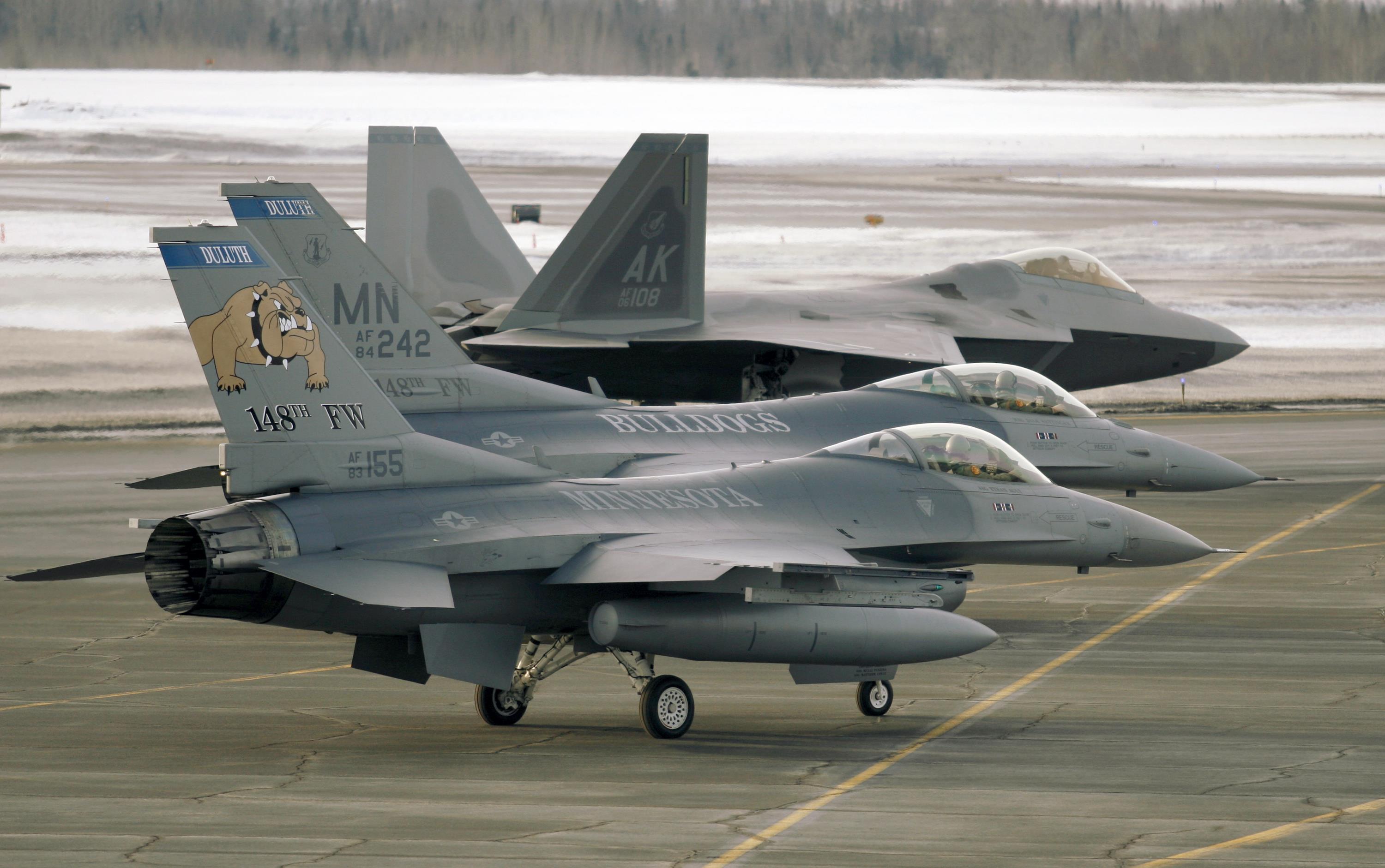
North American Aerospace Defense Command (NORAD) in the days since the Chinese high-altitude spy balloon was spotted has adjusted velocity and altitude restrictions on radars, possibly causing the increase in unidentified objects spotted and shot down, officials said shortly after the fourth such object was downed over Lake Huron.
On Feb. 12, an F-16 assigned to an Air National Guard base in Wisconsin fired a single AIM-9X Sidewinder missile and downed another unidentified object after receiving an order from President Joe Biden. It was the third unidentified object downed in as many days, after F-22s shot down similar objects in Alaska and Canada.
Melissa Dalton, assistant secretary of defense for homeland defense, said shortly after the latest incident that since the Chinese balloon was spotted in late January, the Pentagon has enhanced its radar, which could explain the surging pace of incidents. Also, Dalton says there are a large range of entities that operate similar balloons, making them more prevalent.
The military has not definitively assessed what these objects are, so they have been shot down out of an “abundance of caution to protect our security and our interests.”
“So we will remain vigilant,” Dalton says. “We have made these enhancements to our radars and the operations this past week have been successful in bringing down these potential threats, and we are hard at work now recovering the debris to better understand certainly the capabilities of the surveillance balloon from [China] but also the nature of these unidentified objects to better understand, were they surveillance objects, what was their purpose, what are their capabilities.”
The latest object was first tracked about 40 mi. north of the U.S. border on the afternoon of Feb. 11 and crossed into American airspace in Montana that evening. Gen. Glen VanHerck, commander of NORAD and U.S. Northern Command, scrambled two F-15s from Portland Air National Guard Base, Oregon, and a KC-135 tanker from Fairchild Air Force Base, Washington, to investigate.
The F-15s did not have datalink connections to ground radars for targeting. It began to get dark and ground radars lost the track, he said. This prompted NORAD to release a statement that evening that they had detected a “radar anomaly.”
However, radars began to receive intermittent contact with another object east of where the radar track was lost. NORAD then developed a “game plan” to scramble and intercept in a position with the lowest collateral damage. Aircraft were cleared to engage in the eastern Upper Peninsula of Michigan. The F-16, from the 148th Fighter Wing of the Minnesota Air National Guard but assigned to Truax Field, Wisconsin, responded and was supported by a KC-135 from Pittsburgh Air National Guard Base, Pennsylvania. Canada also scrambled CF-18s, VanHerck says.
The F-16 fired the AIM-9X missile, which was able to target the object using its imaging infrared sensor as it drifted at about 20,000 ft. VanHerck says the contrast of the object compared to the sky in the background was enough for the missile to lock on. It was shot down, with debris drifting over the Canadian border. Recovery was ongoing.
Dalton says the Pentagon hopes to learn more about the objects as they are recovered and to share more in the coming days, including potentially imagery of the objects themselves.
VanHerck says to his knowledge the incidents over the past eight days have marked the first time NORAD aircraft have fired on aircraft or other objects in U.S. airspace.






Comments